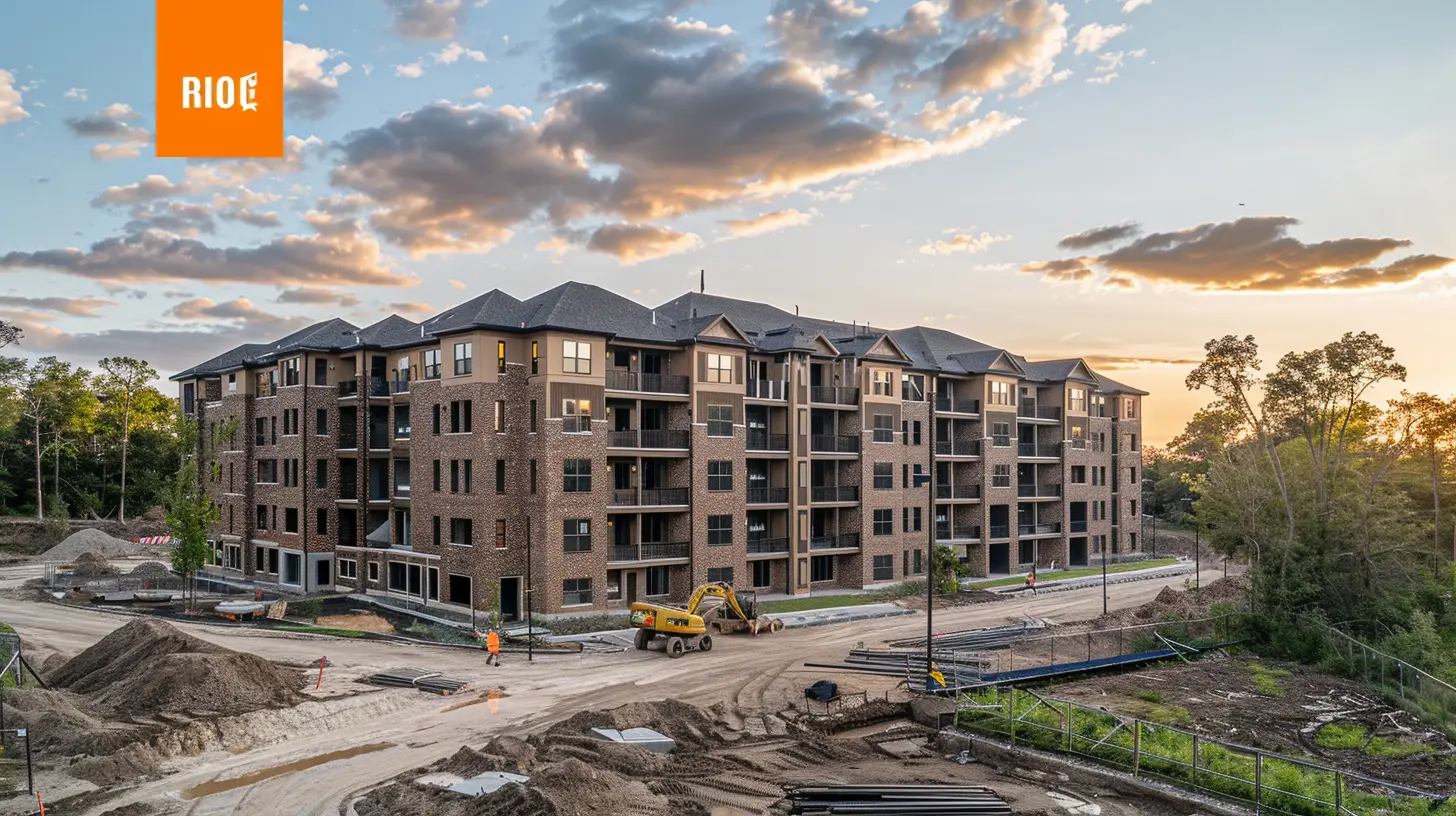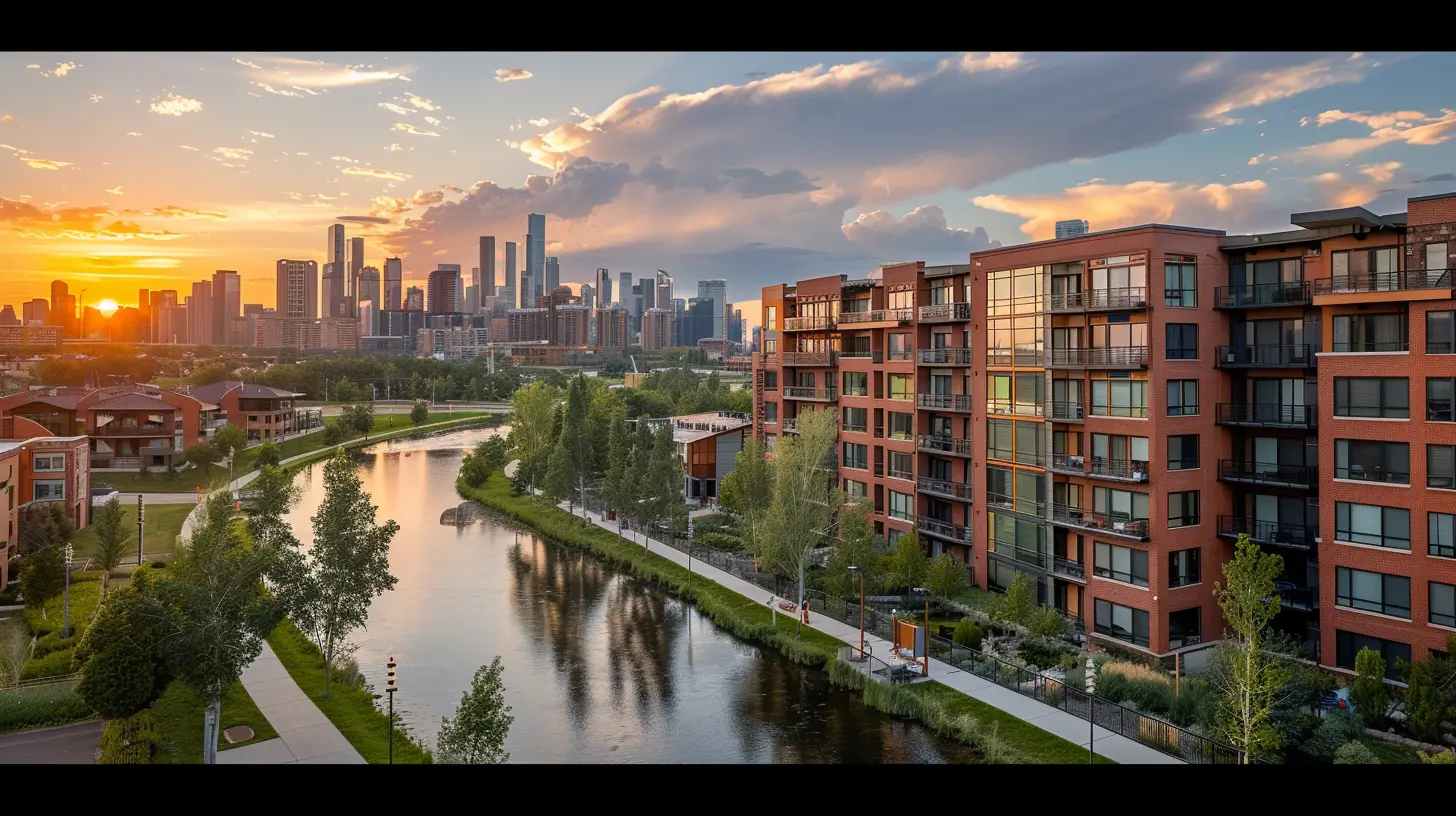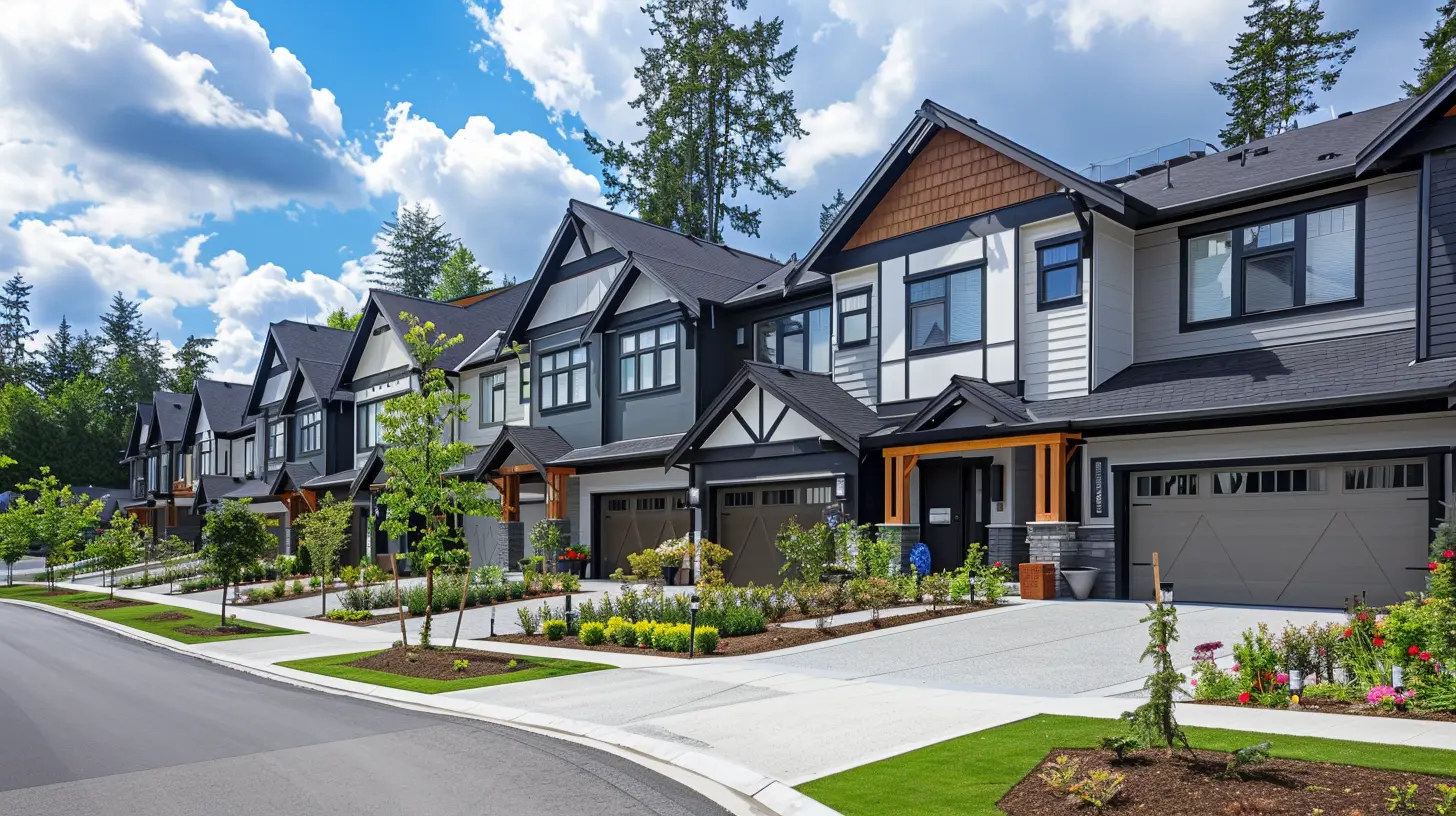The Impact of Local Regulations on Multifamily Property Development
9 August 2025
When it comes to real estate, few things can make or break a project quite like local regulations. If you're in the business of multifamily property development, you already know how tricky it can be to navigate zoning laws, building codes, and permit approvals. But have you ever stopped to consider just how much these rules shape the market?
In this article, we’re diving deep into how local regulations impact multifamily property development. Whether you’re a seasoned investor, a budding developer, or just someone curious about the industry, this breakdown will give you a clear picture of the challenges and opportunities these rules create.

Understanding Local Regulations in Real Estate
Local regulations come in all shapes and sizes. From zoning laws that dictate where you can build to rent control policies that determine how much you can charge, there’s no shortage of ways government oversight influences real estate development.So, what exactly falls under the umbrella of local regulations? Here are a few key areas that play a major role in multifamily property development:
- Zoning Laws – These dictate land use, specifying what can (and can't) be built in certain areas.
- Building Codes – These ensure safety and set construction standards, covering everything from fire resistance to structural integrity.
- Permitting and Approval Processes – Developers must navigate permits, environmental reviews, and public hearings before breaking ground.
- Rent Control and Tenant Protections – Some cities limit how much rent can increase each year, impacting revenue potential.
- Impact Fees and Taxes – Local governments often charge developers fees to cover the cost of public infrastructure improvements.
Each of these factors can either accelerate or stall a multifamily project, making it crucial for developers to fully understand the local landscape before investing.

Zoning Laws: The First Hurdle for Developers
Zoning laws are often the single most significant barrier to multifamily housing development. Municipalities use zoning to separate residential, commercial, and industrial spaces, which can either encourage or prohibit new housing projects.The Problem with Restrictive Zoning
In many cities, zoning laws favor single-family homes over multifamily developments. This means that large portions of land are off-limits to apartment complexes, limiting housing supply and driving up rents.Take cities like San Francisco and Los Angeles, where restrictive zoning has contributed to severe housing shortages. The inability to build multifamily units in prime locations leads to skyrocketing costs, making it difficult for middle-class families to find affordable housing.
Upzoning: A Potential Solution
A growing number of cities are embracing upzoning, which allows for higher-density development in areas previously limited to single-family homes. For example, Minneapolis eliminated single-family zoning citywide, paving the way for more duplexes and apartment buildings.For developers, upzoning presents new opportunities. It means more flexibility in project design, greater potential for profitability, and a higher likelihood of approval. The challenge? Even when laws change, local opposition (often called “NIMBYism” – Not In My Backyard) can still make approvals a tough battle.

Building Codes: Ensuring Safety While Adding Costs
Building codes are essential for safety, dictating how properties must be constructed to withstand fire, earthquakes, and other hazards. However, while these regulations protect residents, they also come with added costs.For example, some cities require expensive measures like fire sprinklers in every unit, even in low-rise buildings where the risk is minimal. Others impose strict energy-efficiency standards that, while beneficial for sustainability, add significant construction expenses.
The Cost of Compliance
Developers need to account for these expenses when budgeting for projects. A seemingly minor regulation—like requiring specific window materials for insulation—can add thousands of dollars to each unit’s cost.To stay ahead, developers should:
- Work with architects and engineers who specialize in local codes.
- Factor compliance costs into financial projections early.
- Advocate for reasonable regulations that balance safety with affordability.

The Red Tape of Permitting and Approval Processes
Even after securing the right zoning and designing a code-compliant building, developers often face a drawn-out permitting and approval process.Bureaucracy Can Stall Development
In highly regulated cities, it can take years just to get approval for a new multifamily building. Public hearings, environmental impact evaluations, and community opposition can add delay after delay.Take Seattle, for example. Developers often find themselves battling lengthy environmental reviews and public pushback, sometimes waiting over two years for a project to be approved. That kind of delay can be financially devastating, turning what seemed like a profitable venture into a bureaucratic nightmare.
Streamlining the Process
Some cities are working to streamline approvals by offering:- Pre-approved building designs that meet local codes.
- Fast-track permitting for affordable housing projects.
- Online application systems to reduce paperwork.
For developers, understanding how to navigate the approval process efficiently is crucial. Working with local experts, submitting thorough applications, and staying proactive with city officials can make or break a project's success.
Rent Control and Tenant Protections: A Double-Edged Sword
Rent control is a hot-button issue in many cities. While these laws aim to keep housing affordable, they can also discourage new developments.The Developer’s Dilemma
When rent control laws cap how much landlords can increase rents, it reduces the long-term profitability of a project. If developers foresee limited returns, they may choose to invest elsewhere—leading to fewer new apartment buildings and worsening housing shortages.For example, cities like New York and San Francisco have some of the strongest rent control laws in the country. While tenants benefit from stable rents, the lack of new development exacerbates housing shortages and drives up prices in uncontrolled units.
Balancing Affordability and Development
Some cities are experimenting with incentivized development, offering tax breaks or subsidies to developers who include affordable units in their projects. This approach encourages new construction while also addressing the need for lower-cost housing.
Impact Fees and Local Taxes: An Extra Financial Burden
On top of construction and compliance costs, many cities impose impact fees to fund infrastructure improvements, schools, and public services. While necessary, these fees can add up quickly, making some projects financially unviable.Finding Common Ground
To balance development with public needs, some municipalities are implementing fee reductions for projects that include affordable housing or green building features. Developers can also negotiate phased fee payments rather than lump sums, helping with cash flow management.Final Thoughts: The Balancing Act of Regulations
Local regulations are a double-edged sword. On one hand, they keep communities safe, ensure responsible development, and protect tenants. On the other hand, overly restrictive policies can stifle growth, drive up costs, and limit housing availability.For multifamily property developers, success lies in understanding the local regulatory landscape, staying proactive in navigating the approval process, and advocating for balanced policies that encourage sustainable growth.
The road to building multifamily housing isn’t always smooth, but with the right knowledge and strategy, developers can turn challenges into opportunities.
all images in this post were generated using AI tools
Category:
Multifamily PropertiesAuthor:

Vincent Clayton
Discussion
rate this article
1 comments
Charlotte Fields
Unseen rules shape hidden opportunities in development.
August 25, 2025 at 3:24 AM

Vincent Clayton
Absolutely! Local regulations often create nuanced challenges but can also reveal unexpected pathways for innovation and growth in multifamily property development.


